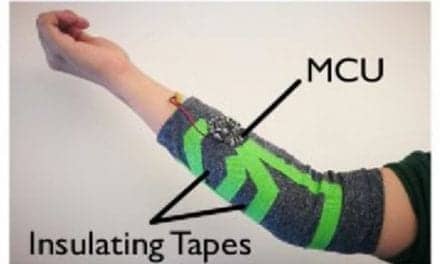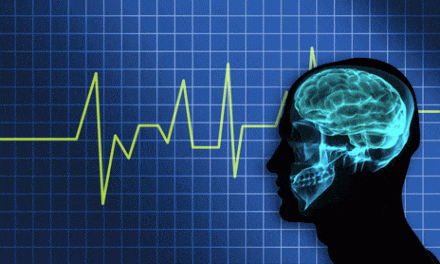Sessions of aerobic exercise may have an effect on individuals who experience difficulty in regulating their emotions.
Researchers Emily E. Bernstein and Richard J. McNally conducted a study to examine the effect of a short period of moderate exercise on participants’ emotional effects regarding their subsequent exposure to an upsetting film clip.
The duo suggests that although the upsetting film clip would evoke negative feelings in all participants, some would recover more quickly than others despite participating in the exercise session. They also suggest that participants who struggle to emotionally regulate engaged in physical activity, they should recover faster than participants who had not exercised, according to a media release from Taylor & Francis.
Among the 80 participants (40 men and 40 women), the researchers assigned each to first complete an online survey to establish their emotional mood and then to perform either a session of aerobic exercise (jog for 30 minutes) or no exercise (stretch for 30 minutes).
They all were subsequently asked to watch a sad scene from the film The Champ, and to complete a range of questionnaires and measures to determine their emotion regulation. Then, they were were instructed to watch a brief clip from the movie, When Harry Met Sally, which is known to be amusing, per the release.
The study found that participants who stated that there was nothing they could do to make themselves feel better reported that they felt greater feelings of sadness during the study. However, participants who had completed 30 minutes of moderate aerobic exercise reported feeling less sadness by the end of the study, in comparison to individuals who had not exercised.
The researchers conclude that, “Participants who exercised were better able to overcome or compensate for initial difficulties drawing on regulatory strategies and with goal-directed cognition and behavior” in comparison to non-exercisers, the release states.
The study appears in a recent issue of Cognition and Emotion.
[Source(s): Taylor & Francis, Science Daily]





